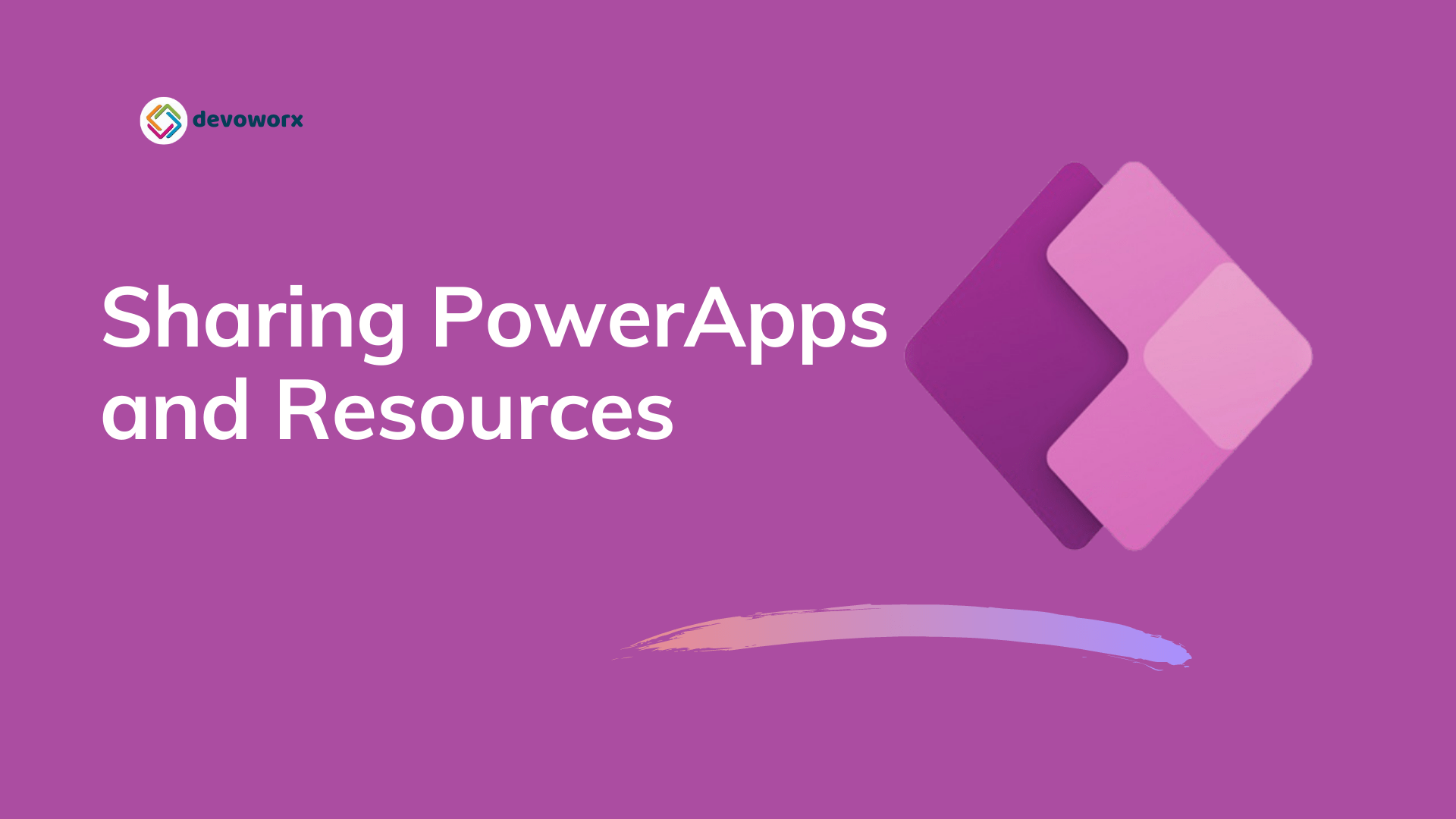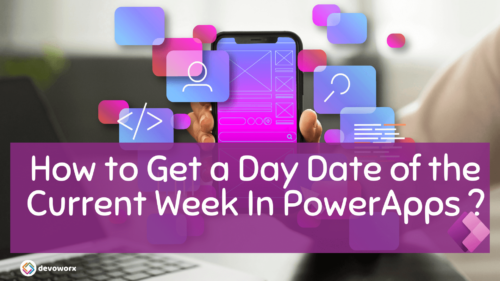In this article, we will learn how to share the Power Apps app with (Organization users, external users) and how to share Power Apps resources?
To share your PowerApps app, you must save your app first to the cloud with a meaningful name.
you can save your app from file >> save as ,choose to save to the cloud and type a meaningful name then press the save button fom the right buttom
To share your app, from the file menu click share. You can share your app with specific users, everyone, external users.
You have to type the users’ names or emails in the share window and add them one by one and click the share button.
If you want the users to use, edit, share app but not delete or change owner dont forget to check the Co-owner checkbox.
if you want to send them invitaton with a link to the app keep checking the invite link.
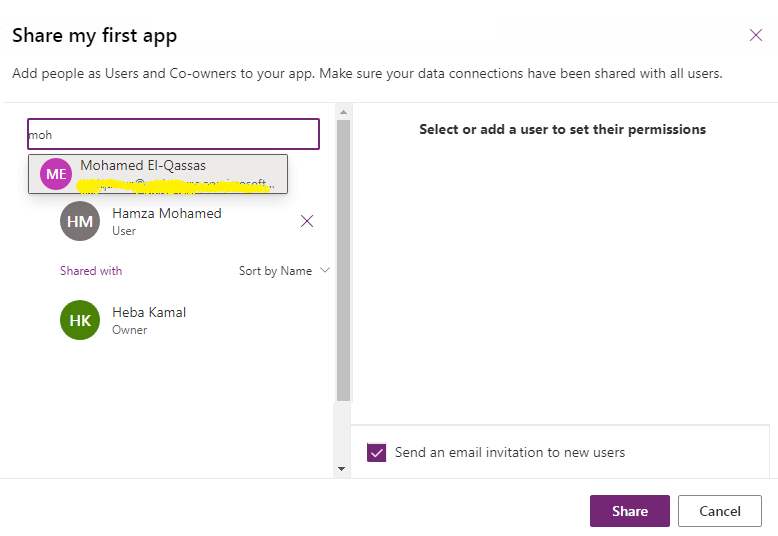
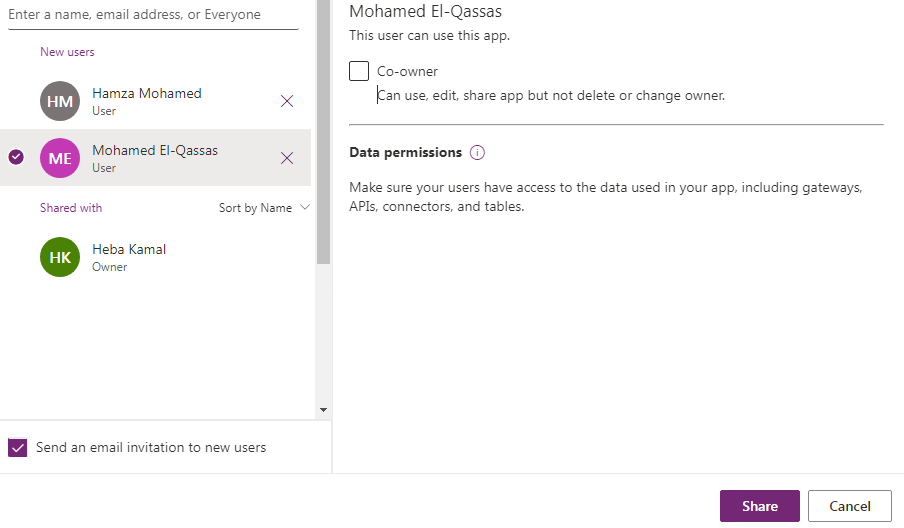
Another option while sharing your app is to share it with all the users in your organization, all you have to do is to type Everyone and press the share button.

You can share your app with Microsoft 365 groups with security-enabled true. you can follow this article for the details.
you can share your Power Apps app with any external users that have the license to access Power Apps either from their tenant or from the tenant that contains the app.
To share the app with licensed external users, Enter an email address for a guest user from an Azure AD tenant.
To add New guest user in Azure AD follow these steps
All apps in the Power Apps that you created have their resources such as ( Excel workbook, Tables in Dataverse, connection to a data source, custom connector, on-premises data gateway, flows, and any other services).
Some of these resources When you share the app, they are automatically shared but other resources necessitate further steps from you or the individuals with whom you share the app in order to make the app works properly as you expect.
You have to share the Excel data with your app users that are stored in OneDrive or Dropbox so that users can run and even modify your app. For example,
In OneDrive you will share the folder that contain your Excel file.
In OneDrive for Business, share the Excel file itself,
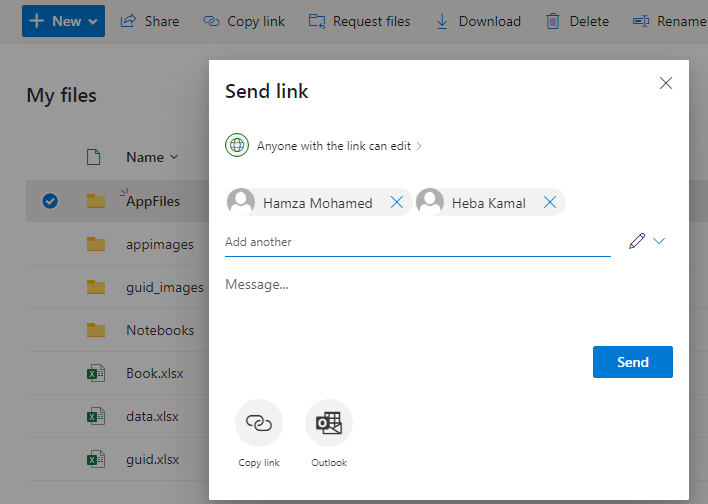
- Some connections are automatically shared as part of the app when you share the app with other users.
You can check by selecting the Data section->then Connections from left navigation, then in the requierd connection select the more Commands (…) or from the top you can see the Share option, then you can share this connection with others users.
- Some connections are implicitly shared with the app when you share the app with other users such as SQL Server and Windows authentication.
- Some connections needs other users that the app shared with to create their own connections
The on-premises data gateway itself will be shared automatically.
The custom connectors is automatically shared, but users must create their own connections to it.
Conclusion
After building your Power Apps app you will decide to share it with other users and also you have to share its resources, some of these resources are automatically shared. Other resources necessitate further steps from you or the individuals with whom you share the app in order for it to function properly.
